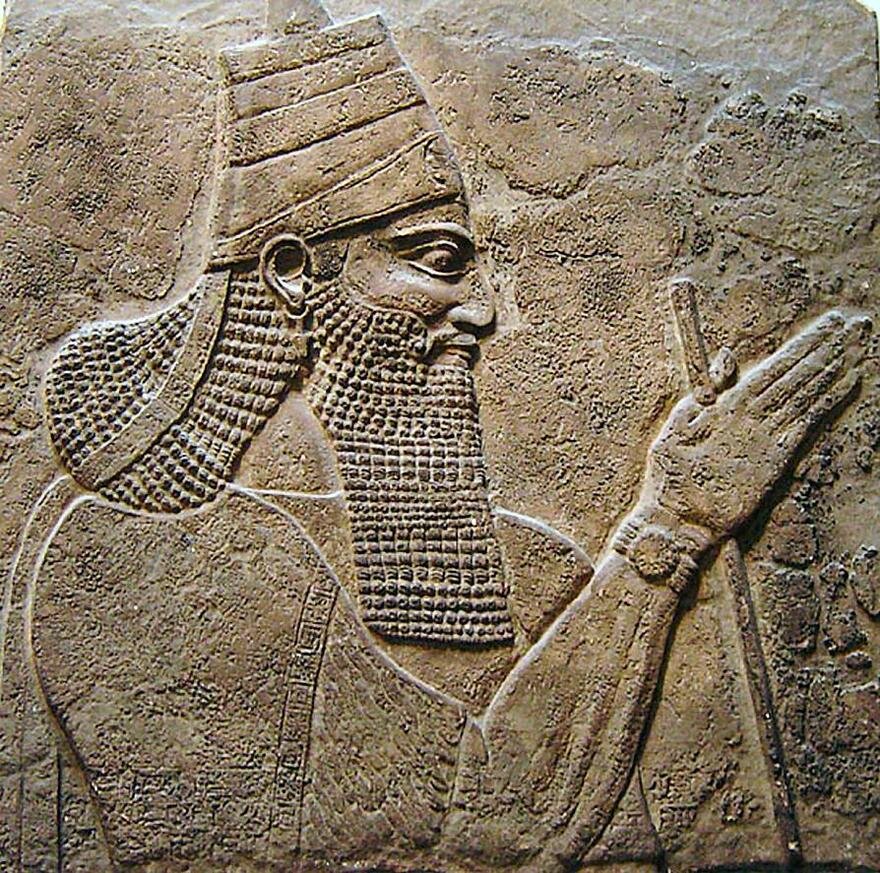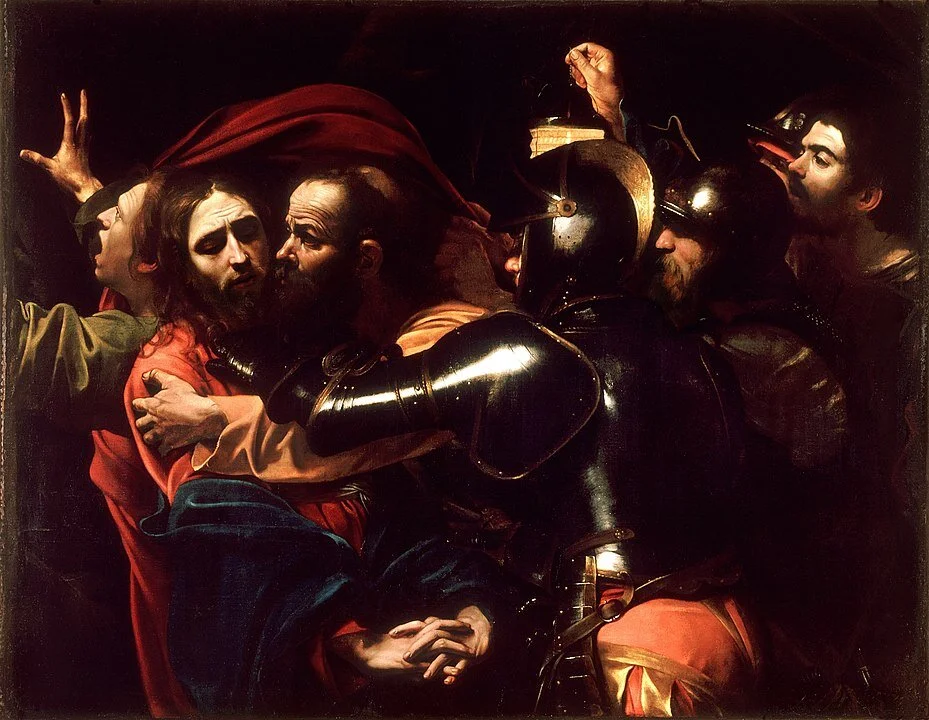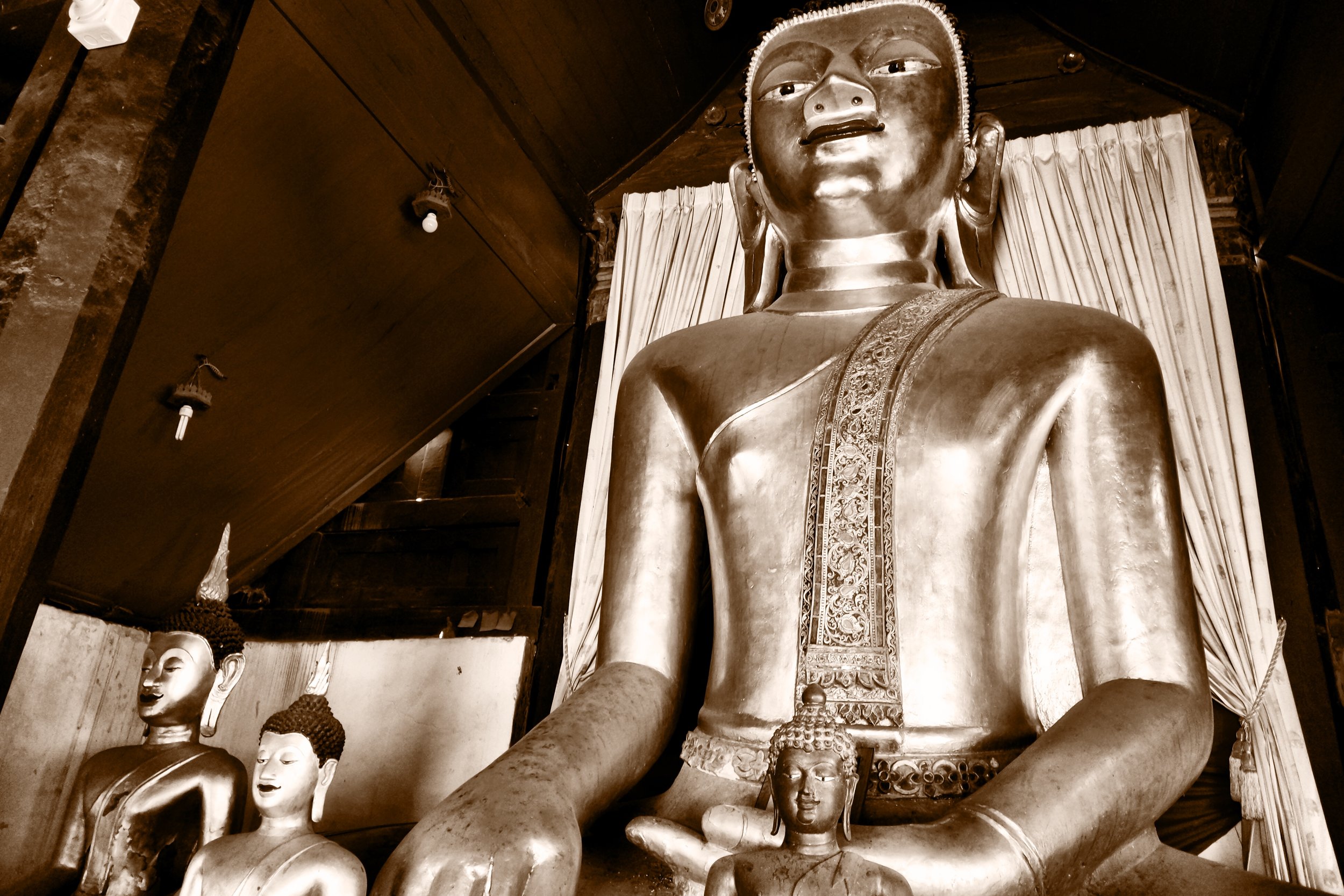The Bible states that the kings of Israel sinned greatly. But Israel fell because it was just too attractive to the Assyrians.
At first the Assyrians ignored Samaria, then the capital of Israel, thinking it was too isolated. But eventually they attacked it and conquered the city, along with rest of the kingdom.
If you believe the Old Testament, the kingdom of Israel suffered and ultimately fell because its rulers and people just couldn’t be monogamous with the god Yahweh. (They also supposedly burned their sons and daughters as offerings and practiced divination and sorcery, among other sins.)
But, looking at the archaeological record, “Israel’s greatest misfortune — and the cause of its destruction and the exile of many of its people — was that as an independent kingdom living in the shadow of a great empire, it succeeded too well,” write Israel Finkelstein and Neil Asher Silberman in The Bible Unearthed: Archaeology’s New Vision of Ancient Israel and the Origin of Its Sacred Texts.
Yes, Israel fell because of jealousy — not God’s but the Assyrians’.
“Israel — with its rich resources and productive population — was an incomparably more attractive target than poor and inaccessible Judah,” the authors explain.
Israel’s prosperity sparked Assyria’s envy. The minute the Israelites considered a revolt, the Assyrians launched an attack.
Assyria’s Bitch: The Complaints of the Prophets Amos and Hosea
For a time, Israel was a subservient vassal to Assyria, paying tribute to maintain peace.
This age of prosperity began around 800 BCE and greatly upset two biblical prophets, Amos and Hosea. They abhorred Israel’s dependence upon Assyria and its economic disparity between the ruling elite and the poor. Amos railed against those who slept on beds of ivory, chilled out on couches, ate lamb and calves, sang songs while playing the harp, drank wine from bowls, anointed themselves with fine oils and built houses of hewn stone, amongst other egregious transgressions.
The prophet Amos railed against the rich and their exploitation of the poor.
His contemporary Hosea didn’t appreciate deals made with Assyria or the export of oil to Egypt.
Hosea, another prophet, ridiculed allegiances with Assyria and Egypt.
This condemnation of a wealthy lifestyle and foreign influence on the Israelite way of life would greatly influence the Old Testament’s stodgy philosophy.
The Assyrian monarch Tiglath-pileser III, who conquered Israel
The Decline and Fall of the Israelite Kingdom
A new Assyrian king, Tiglath-pileser III, also known as Pul in the Bible, began a campaign to conquer and annex the region, deporting its residents at his whim.
Israel at this time had been subject to the assassinations of four kings in 15 years. A military officer named Pekah joined with King Rezin of Damascus to attempt a united resistance against Assyria.
The plan backfired. Tiglath-pileser III conquered and/or destroyed city after city, executing Rezin and bringing Israel to its knees. Ironically, the one city that was spared Assyria’s wrath was Samaria, which happened to be the capital of Israel. Why? Tiglath-pileser felt it was too “isolated,” as he boasted on a monumental inscription.
A man named Hoshea assassinated Pehkah, becoming what would be the last king of Israel. In the time between the death of Tiglath-pileser and the succession of Shalmaneser V to the Assyrian throne, Hoshea devised a plan. He asked the lords of the Egyptian delta for help and, in the meantime, stopped paying tribute to Assyria. It didn’t turn out well.
Shalmaneser instantly marched upon Samaria, laying siege to the city. Either he or his successor, Sargon II, who came to the throne in 722 BCE, finally bested Samaria’s defenses. Many Israelites, possibly the aristocracy and artisans, were deported deep into Assyrian territory, while people from other conquered countries were brought to repopulate Samaria.
The kingdom of Israel fell to the Assyrians, its cities conquered and its people deported.
“It was all over,” write Finkelstein and Silberman. “Two stormy centuries had come to a catastrophic end. The proud northern kingdom and a significant part of its population were lost to history.” –Wally
































































































































